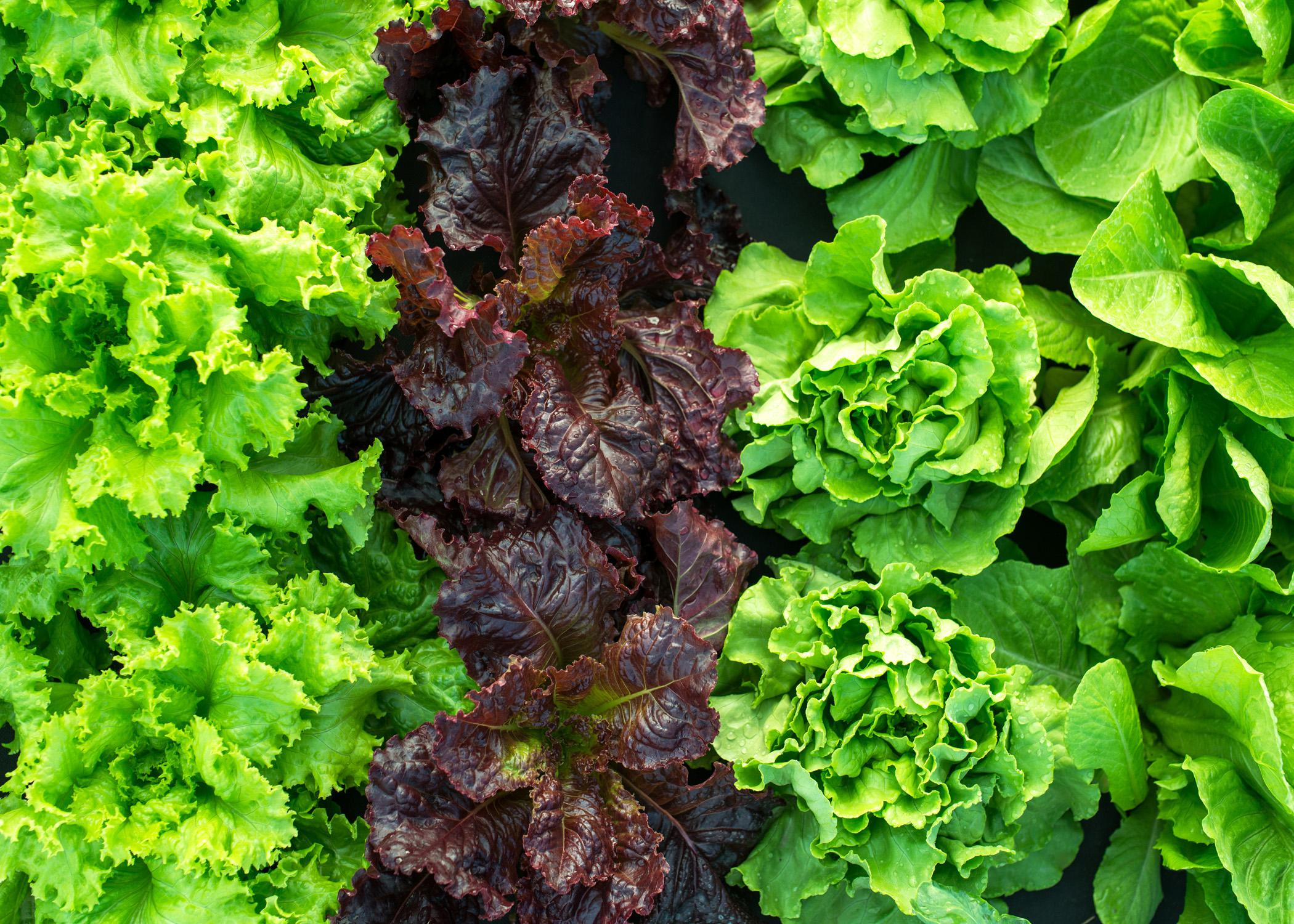Seven Native Plants for Pollinators
Video by Michaela Parker
What are pollinators and why are they important? Bats, bees, beetles, birds, butterflies, and other mammals play a vital role in our environment. These creatures help move pollen from one flower to another, which helps fertilize plants so they can reproduce. Pollinators play a large role in agriculture, aiding in the growth of one-third of crops! Without the handy work of pollinators, we wouldn’t be able to enjoy various berries and vegetables.
Although essential to our environment, pollinators are at risk due to declining food and nesting habitats. How can you help our pollinator friends? Plant native plants in your landscape! Native plants provide an excellent source of food and shelter for pollinators. They also do not require watering, fertilization, and other maintenance!Here are seven great native flowers that pollinators love:
- Aster – Aster is a major source of nectar for honeybees in the fall. These perennials come in a range of colors, look similar to daisies, and are heavy fall bloomers.
- Bee Balm – Popular with bees, butterflies, and hummingbirds, bee balm are colorful and fragrant perennials. In my opinion, the flowers resemble fireworks! Their seed heads also attract birds in the winter.
- Coneflower– Coneflowers are another plant that look similar to daisies. Native bees and butterflies are attracted to these flowers for their nectar and pollen. If the seed heads are left intact, birds will enjoy them in the winter.
- Coreopsis– Coreopsis is a great perennial to add a pop of sunshine to your landscape. These yellow flowers are hardy in North Mississippi and are easy to propagate by seed.
- Gaura – Gaura is a white-flowering, sprawling perennial.Sometimes referred to as “wandflower” or “whirling butterflies,” this plant attracts a wide variety of pollinators.
- Milkweed – Milkweed is one of the most popular pollinator plants. They provide a food source for monarch caterpillars and serve as a place for adult monarchs to lay eggs.
- Oakleaf Hydrangea – Who doesn’t love hydrangeas? This shrub is an excellent source of nectar and pollen for our pollinator friends. The oakleaf hydrangea blooms in mid-to-late spring.
For more information on how to make your backyard welcoming to wildlife and pollinators, visit Extension Publication 2402, “Establishing a Backyard Wildlife Habitat.” Extension Publication 2976, “Gardening for Beneficial Bees in Mississippi,” is a great resource specifically on attracting bees.
If you’re looking for other landscape projects and recommendations, be sure like Smart Landscapes on Facebook and visit their section of our website.
You can reach out to our Smart Landscapes experts, Bob Brzuszek, Pat Drackett, and Eddie Smith, with all your landscape questions!
Subscribe to Extension for Real Life
Fill in the information below to receive a weekly update of our blog posts.









